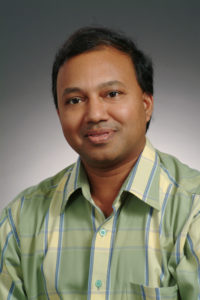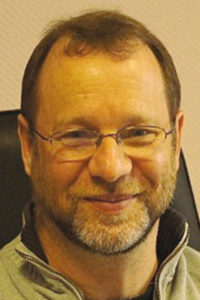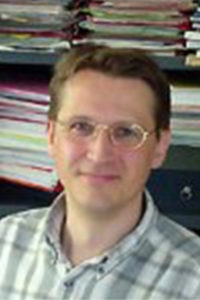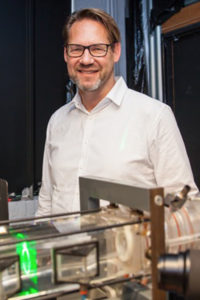Sivaramakrishnan Balachandar
University of Florida, USA
Improved Euler-Lagrange Approach that captures fully-resolved physics for Multiphase Turbulence
Abstract: Euler-Lagrange point-particle (EL-PP) technique has been increasingly employed for solving particle, droplet and bubble-laden flows. Since flow around the individual particles is not resolved, the accuracy of the technique depends on the fidelity of the force law used for representing the fluid-particle momentum exchange that occurs at the microscale.
Read more …
Beverley Mc Keon
California Institute of Technology, USA
Modeling and Control of Wall Turbulence via Resolvent Analysis
Abstract: The financial and environmental cost of turbulence is staggering: manage to quell turbulence in the thin boundary layers on the surface of a commercial airliner and you could almost halve the total aerodynamic drag, dramatically cutting fuel burn, emissions and cost of operation.
Read more …
Peter Schmid
Imperial College, UK
Data assimilation and dynamic observers: from sparse measurements to flow information and control
Abstract: In many simulations and experiments we are faced with the task of recovering full flow information from either reduced-order models or sparse (in space or time) measurement signals. The underlying mathematical concepts – data assimilation, Kalman filters and dynamic state estimation – are subject to many challenges, such as regularity and accuracy of the solution, robustness to environmental noise and appropriateness of standard tools.
Read more …
Luc Vervisch
INSA Rouen, France
Turbulent reacting flow modeling: Recent developments in sub-grid scale signal reconstruction in flames and statistical methods for reactive-particle dynamics
Abstract: The challenges of turbulent reactive flow modeling will be summarized in a first part, with examples given in the context of environmentally friendly systems for energy production and transformation industries. In a second part, new paradigms in sub-grid scale (SGS) modeling of turbulent flames (sources and fluxes) will be addressed using high-order methods with signal reconstruction (deconvolution).
Read more …
Jerry Westerweel
TU Delft, The Netherlands
A new look at turbulence — modern optical techniques for turbulent flows
Abstract: Particle image velocimetry (PIV) has evolved to be the dominant method for velocimetry in experimental fluid mechanics and has contributed to many advances in our understanding of turbulent and complex flows. We review the achievements of PIV and its latest implementations: tomographic PIV for the capture of fully resolved volumetric data.
Read more …
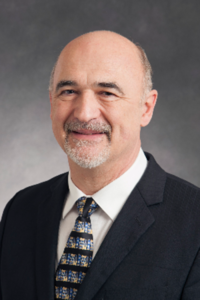
Philippe Spalart
The Boeing Company, USA
The Relationship between DNS and RANS
Abstract: DNS provides all the information on a flow, with limitations on geometry and Reynolds numbers. Datasets have been available since the 1980’s for homogeneous and free shear flows, as well as wall-bounded flows. The Reynolds number Re_tau in channel flow has risen from 180 to 8,000. The impact of DNS on the most-used eddy-viscosity models, however, has been extremely small.
Read more …

Oliver Paschereit
TU Berlin, Germany
How to solve the thermoacoustic problem in gas turbine combustors?
Abstract: Combustion instabilities – thermoacoustics – may occur in any enclosed combustion system. In particular they are a challenge in gas turbines and rocket engines. The high-pressure amplitudes and heat release oscillations may cause severe structural damage to combustor or engine, limit the operational envelope of modern gas turbines and may lead to higher pollutant emissions.
Read more …
